Round-up: Eurorack modular filters
Euroracks can do surprising impressions of classic synths depending on your filter choice...
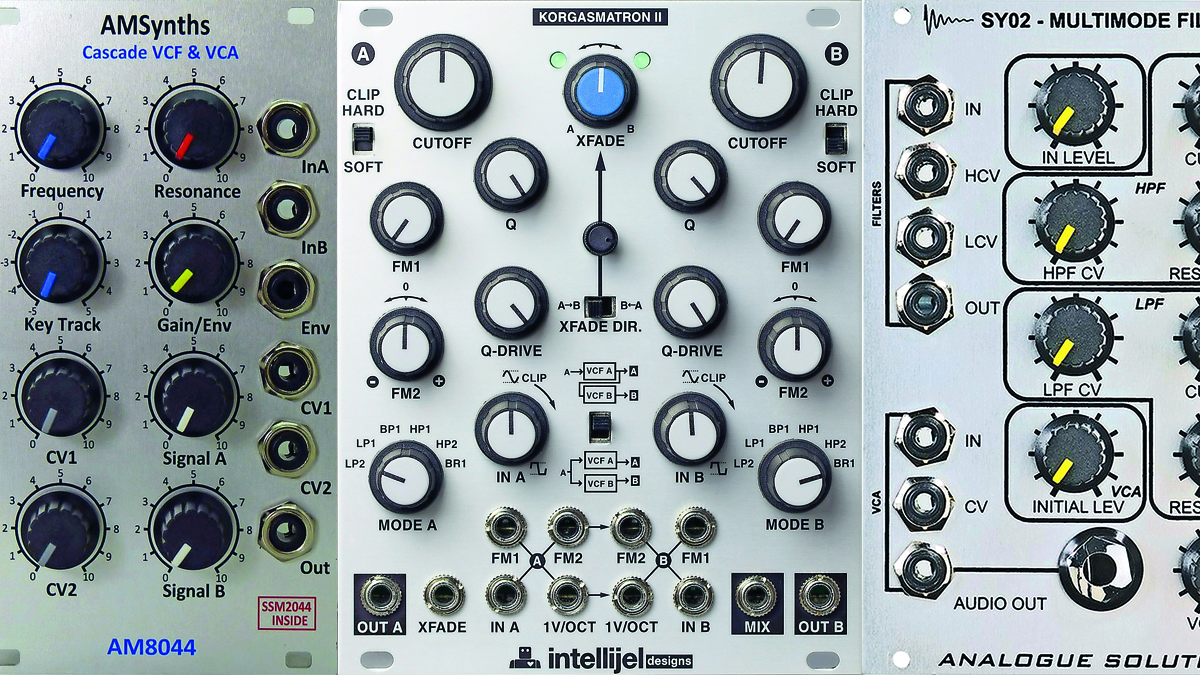
Intro
Hands up who’s always wanted an MS-20, but could never afford one? Wind back the clocks a few years and it wasn’t an option to march proudly into a shop and leave having purchased a brand spanking new MS-20 boxed with warranty for a quarter of the second hand price. Now you can and, let’s face it, a big draw is that filter.
When we decided to ‘go modular’ for the price of a dusty MS-20 you could get a pretty tricked out Eurorack synth instead. And years here’s the rub - you could get MS-20-‘esque’ filters for it. And not just that, our one modular could bleep like a 303, growl fat like an SEM, or squidge like an ARP.
The filter’s just a part of what gives a synth its character, but it’s a huge one, and Eurorack has the lion’s share of options. If there’s a classic old synth that you lust after, chances are there’s also a Eurorack filter out there inspired by it. So let’s discover some interesting recreations; just make sure you visit Google - there are many more…
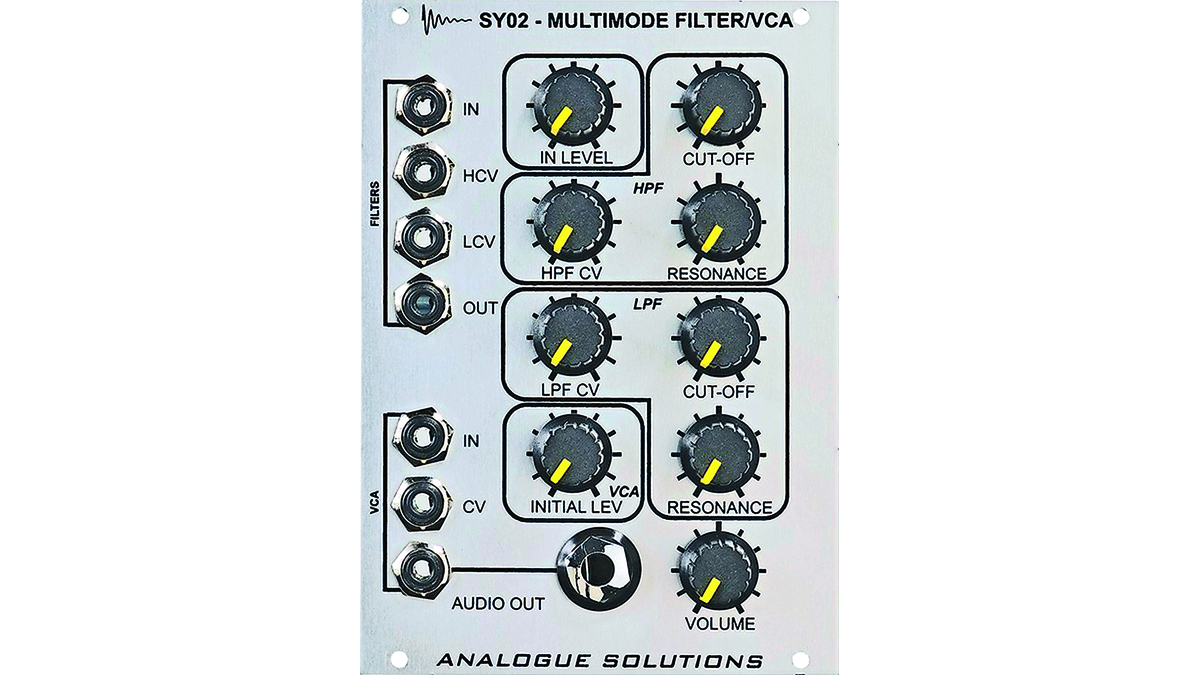
1. Analogue Solutions SY02 (Korg MS-20 clone)
British stalwarts Analogue Solutions’ SY02 takes on the heart of the MS-20 by combining the super- resonant low-pass and high-pass combo, with a bonus VCA. Just add VCO and modulation and you’ve got a simple subtractive synth, with complex filter.
Capable of the wild distortion and resonance of the MS-20, internal trimmers allow for even greater resonance and distortion, and of course the two sides can be patched for intense band-pass.
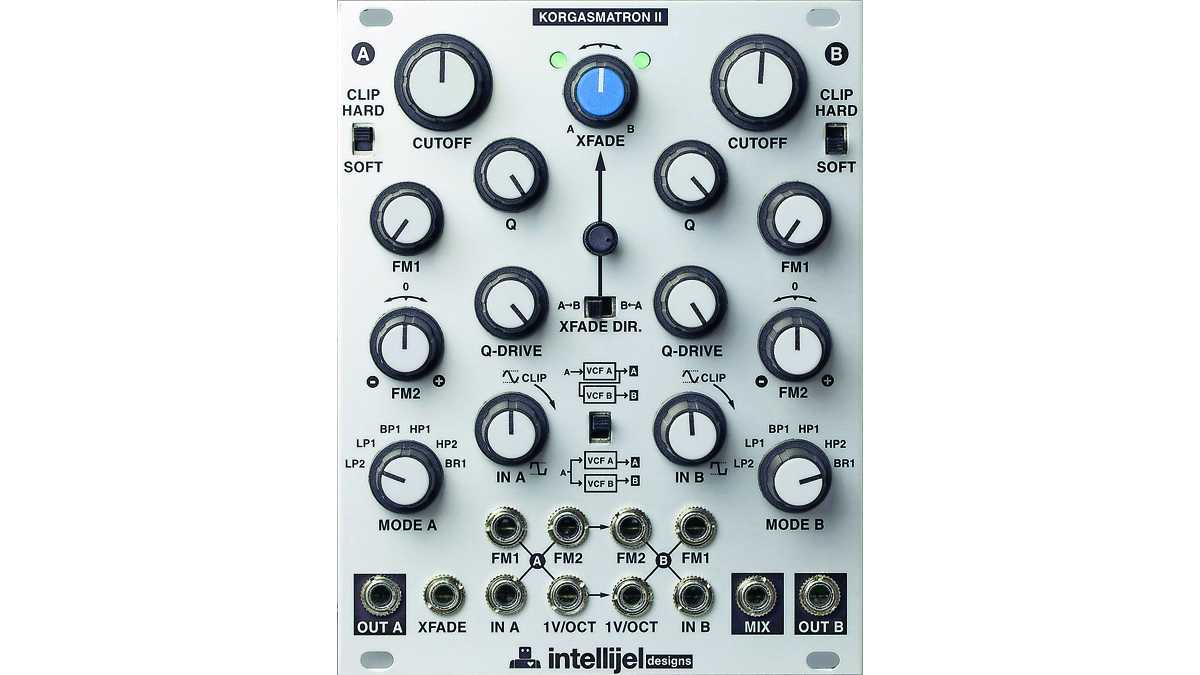
2. Intellijel Korgasmatron II (Korg MS-20 clone)
Canadian Intellijel’s Korgasmatron II takes the MS-20 dual-filter concept and runs with it, offering switchable multimode filter options per side, extensive modulation inputs with switchable serial/parallel internal routing, plus versatile filter and resonance tone that goes from clean and smooth to driven and squealing.
The filters are precise enough to have 1V/Oct inputs (it’s a perfect dual sine wave VCO well suited for FM), and it packs in crossfade capability.
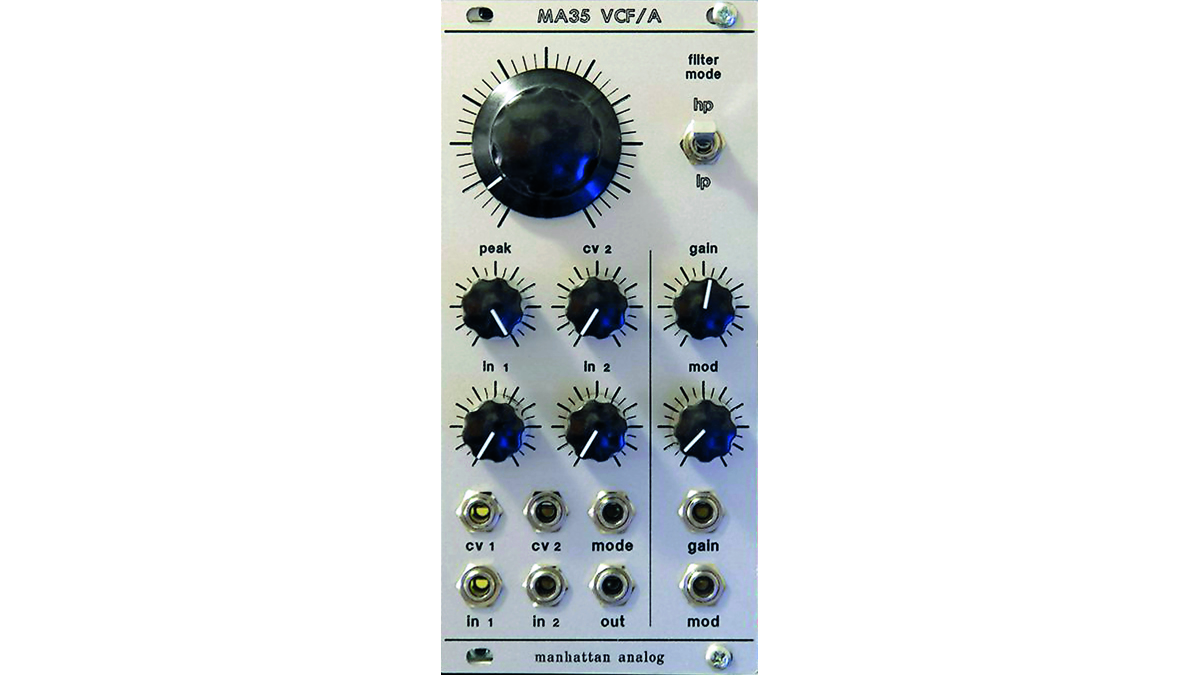
3. Manhattan Analog MA35 (Korg MS-20 clone)
Manhattan Analog’s MA35 (CV & physically) switchable low-pass/ high-pass filter is actually based on the Korg MS-10’s ‘Korg 35’ design rather than that of the MS-20 but, if you like the ’20, you’ll like the ’10.
This is a single filter architecture with a wonderfully dirty vibe. Critically it also models the MS-10’s VCA section for the most authentic vintage tone, and it features dual inputs, to save you a mixer.
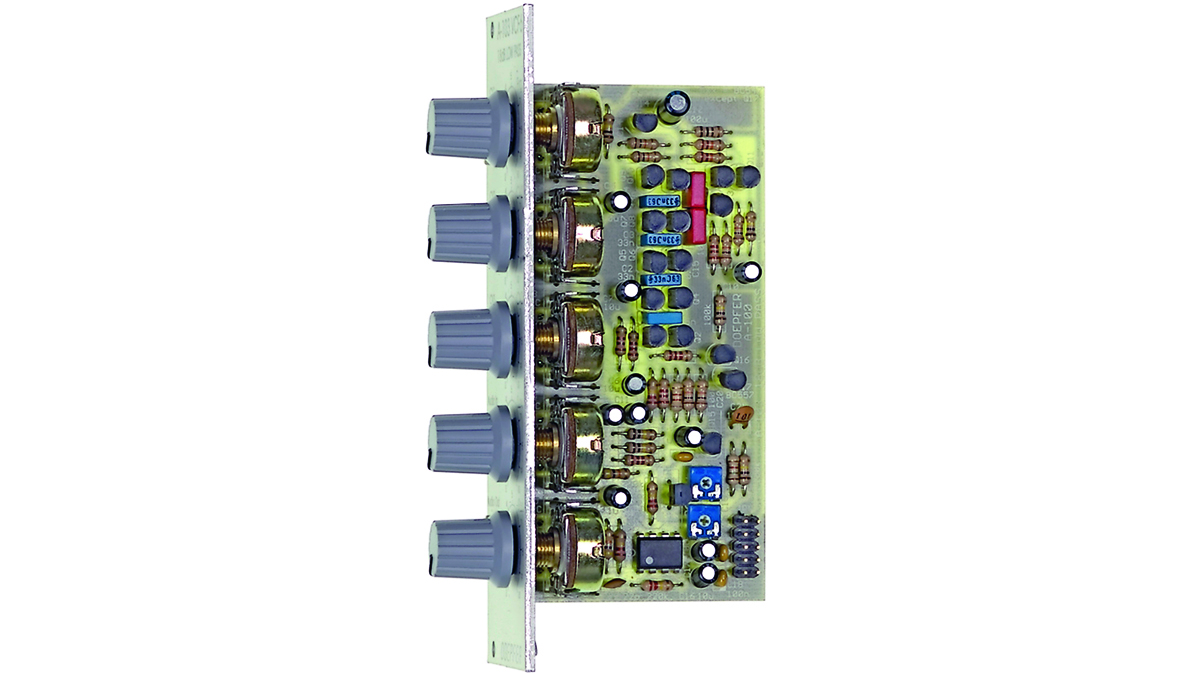
4. Doepfer A-103 (Roland TB-303 clone)
Doepfer’s 303-inspired low-pass filter nails the silver wonder’s burbling fatness, with the input affording a very pleasant drive when cranked.
Heavy external modulation is possible via two CV inputs; just make sure you feed it single-oscillator saws and squares (especially ones sequenced with glide) for ‘that’ sound.
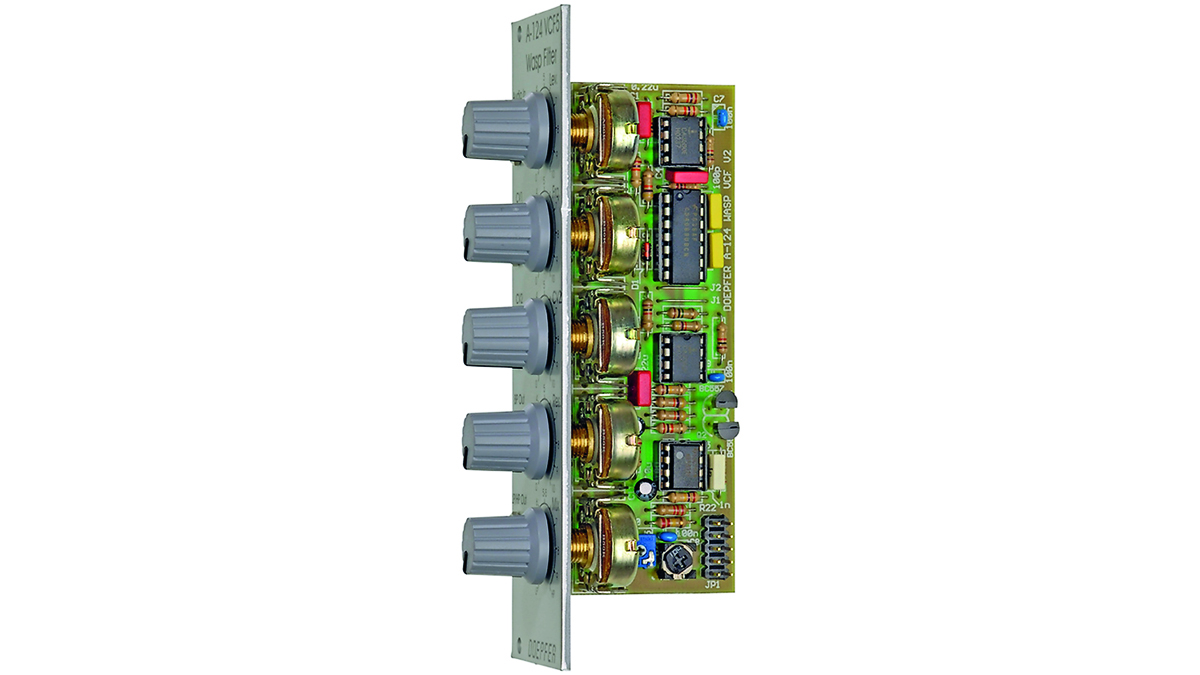
5. Doepfer A-124 (EDP Wasp clone)
The EDP Wasp was a cheap synth with some curious design behind the hood. Doepfer’s 12dB multimode Wasp filter, with similarly ‘abused digital inverters’, creates a bizarre, warbling and dirty sounding filter – like a 303 with a meth habit. Affordable, fascinating and bonkers.
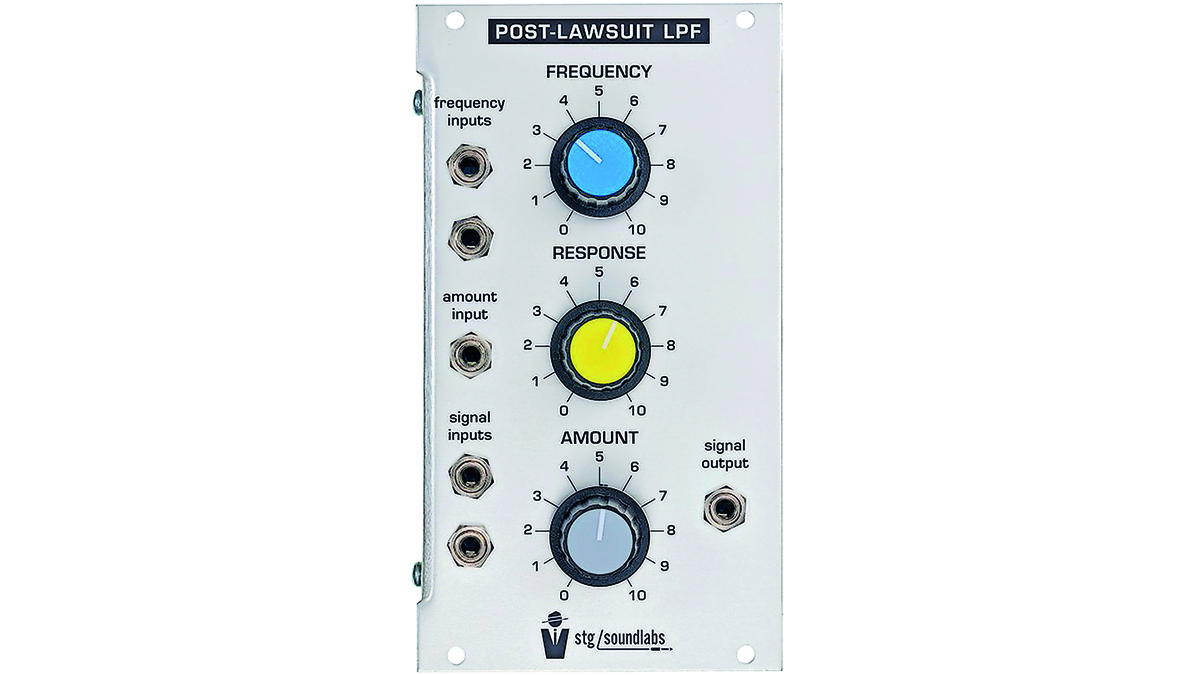
6. STG Soundlabs Post-Lawsuit LPF (ARP 2600 clone)
US-based STG Soundlabs make a ‘close to clone’ of the later (non-‘Moog’) 4072 filter revision for the mighty ARP 2600. With the smooth, nasal and rounded sound of the orange and black 2600 plus fierce resonance, it sounds and feels great and has excellent ergonomics and pots.
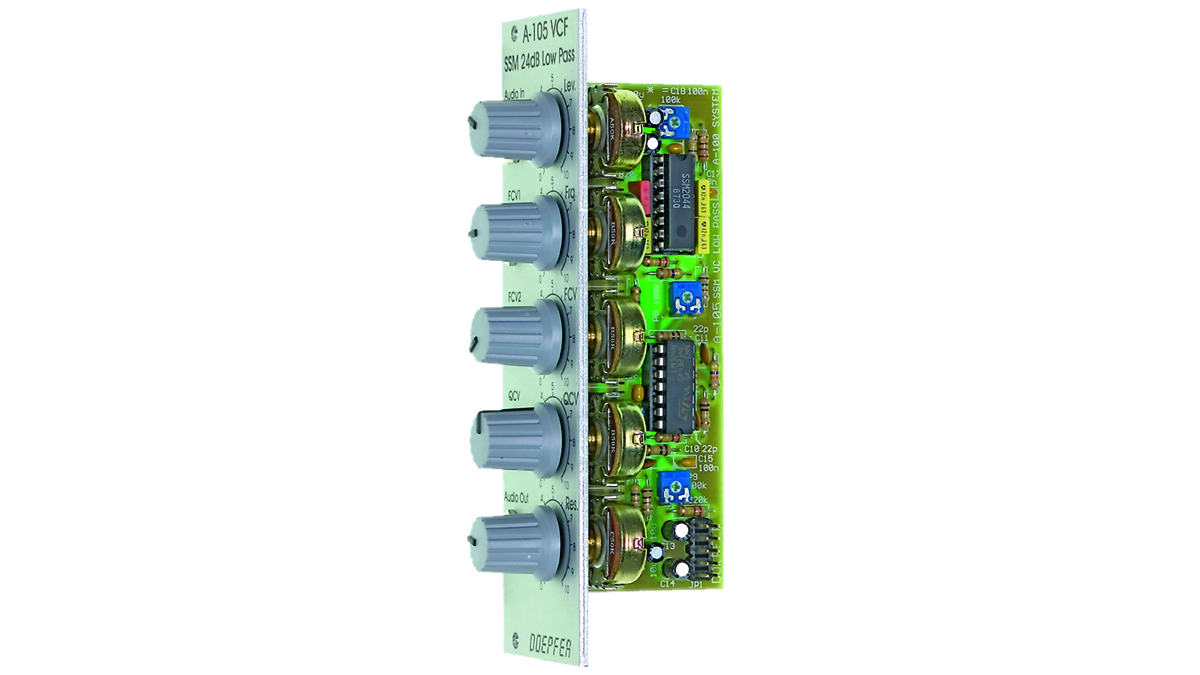
7. Doepfer A-105 (Korg Mono/Poly clone)
Doepfer’s A-105 is a 24dB low-pass filter that uses the SSM2044 chip found in a host of legendary machines, including Korg’s four- oscillator Mono/Poly and polyphonic PolySix, known for their warm, sweetly resonant and fat characters.
Combine it with wavetable oscillators for a PPG Wave-y, Emulator I or Fairlight-esque sampler tone; SSM2044’s were in certain models of those too. Heck, perhaps invest in a few and go polyphonic?
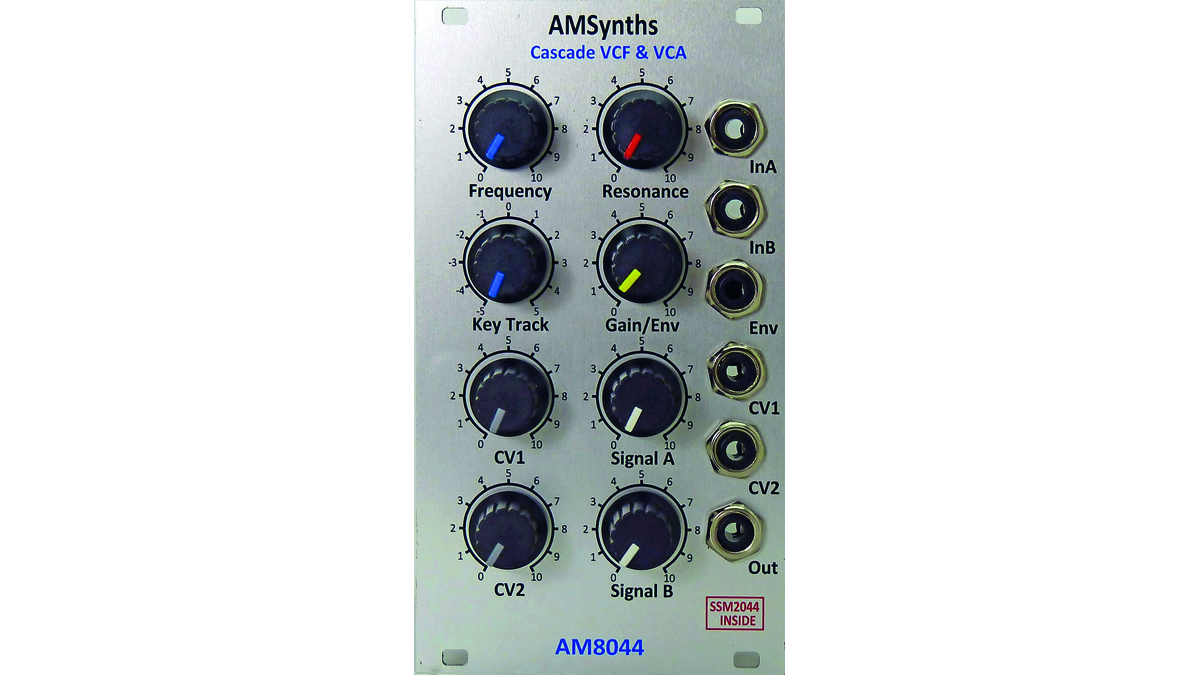
8. AM Synths AM8044 (Korg Mono/Poly clone)
British AM Synths deserve special mention along with Doepfer for having a wide (and particularly interesting) range of filter clones available, including Roland Jupiter-8 and pre-lawsuit ARP filter – check their site.
The AM8044 is their take on the SSM2044-powered Korg PolySix filter architecture (very similar to that of the Mono/Poly), but adds built-in VCA, two audio inputs and slightly more control and external modulation possibilities than the Doepfer A-105.
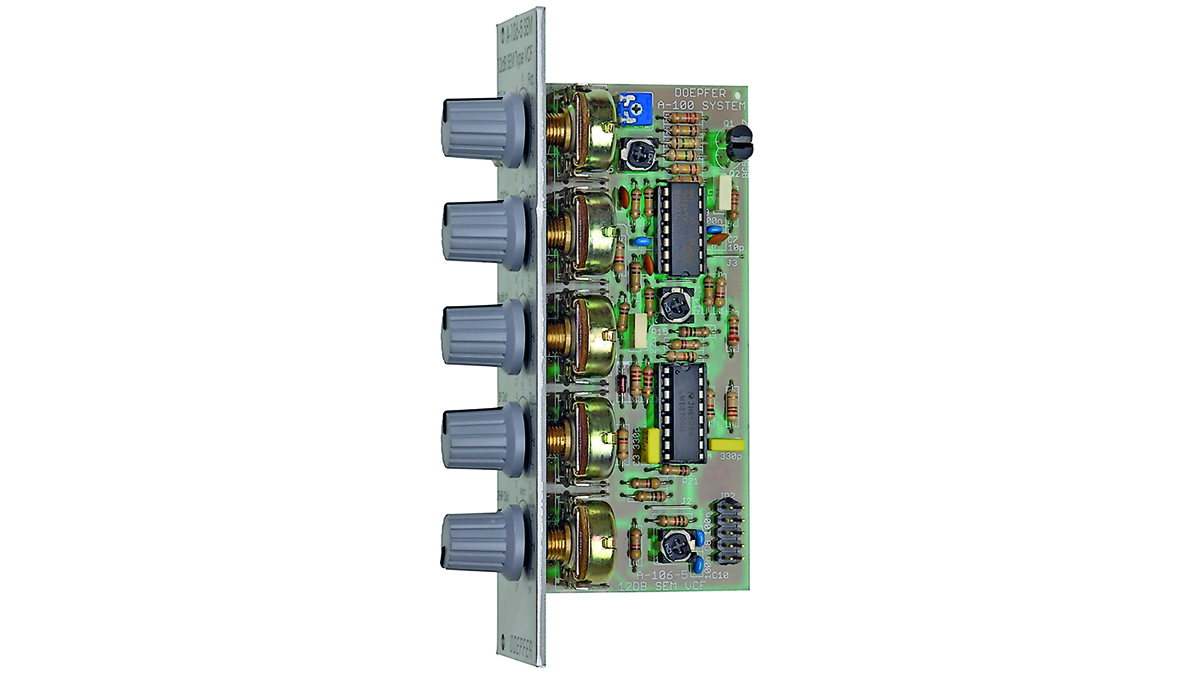
9. Doepfer A-106-5 (Oberheim SEM clone)
The Oberheim SEM was capable of fairly obscene bass and the Doepfer A-106-5 SEM coupled with even an ‘entry level’ VCO seems to deliver that considerable low-end too. If a filter can have ‘weight’, this does, and includes very good resonant HP and BP modes too…
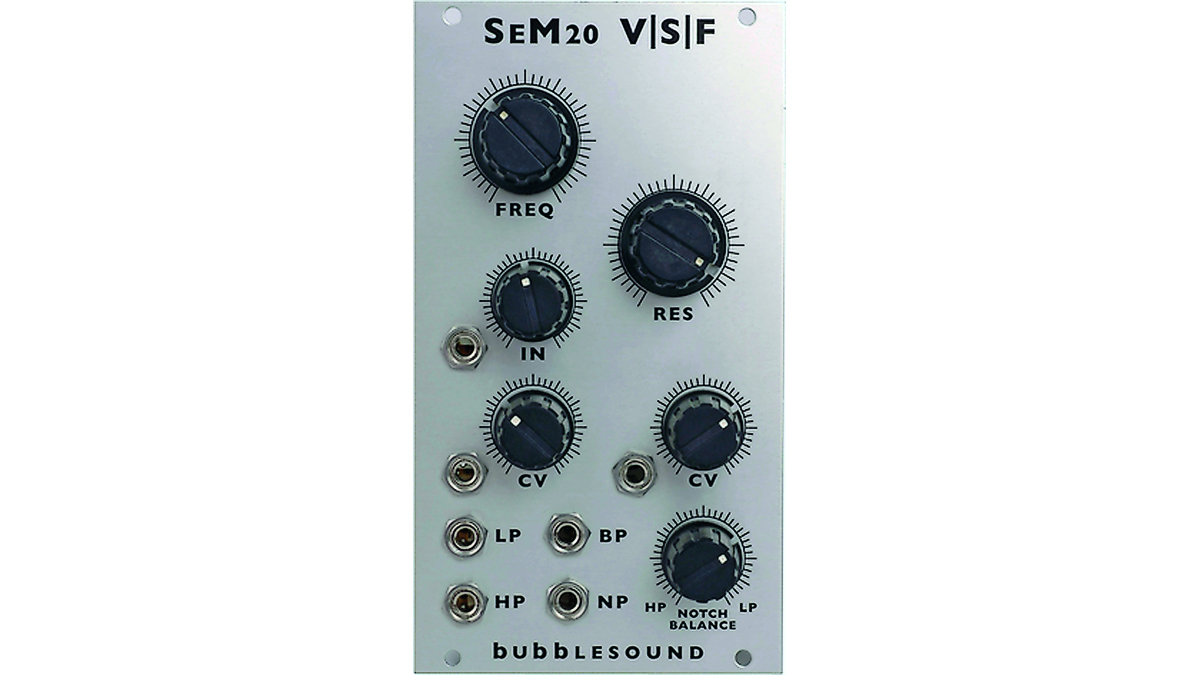
10. Bubblesound SeM20 (Oberheim SEM clone)
Bubblesound’s SeM20 mashes up the Oberheim SEM (‘loosely’) with the MS-20’s resonance design, for a single multimode filter hybrid that can be ballsy, smooth and round but can also get into more brutally driven/howling territory when appropriately patched for feedback.
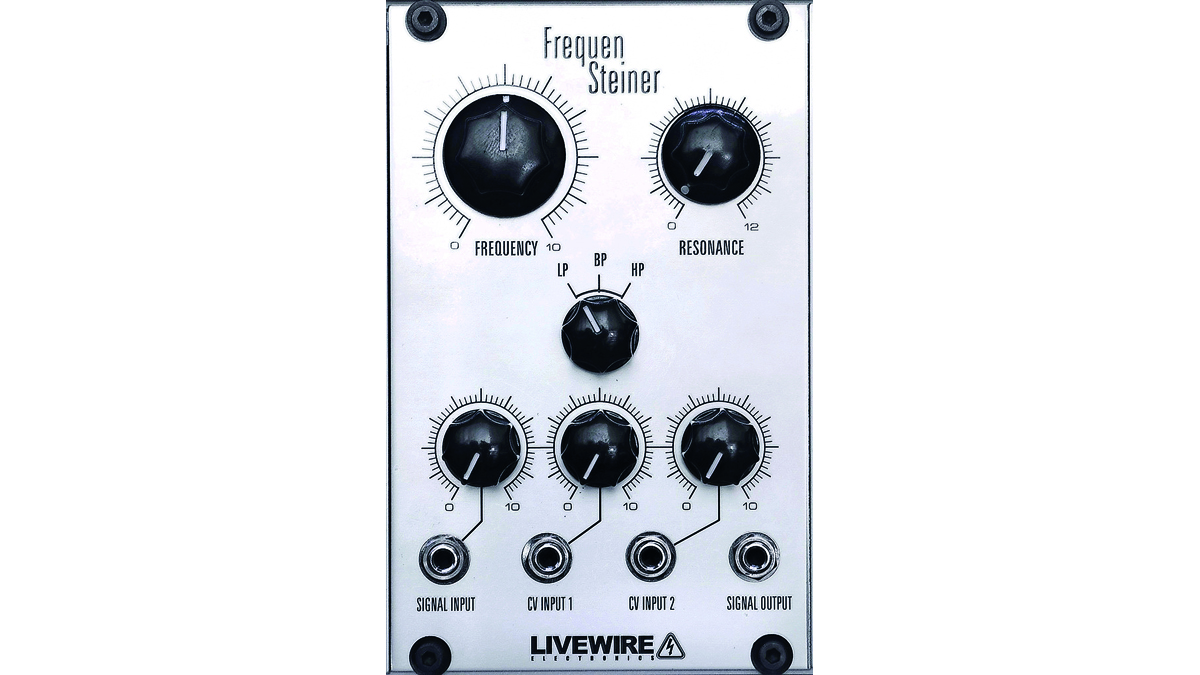
11. Livewire Synthesizers Frequensteiner (Steiner-Parker Synthasystem clone)
Livewire’s Frequensteiner is an all-discrete switchable multimode LP/BP/HP filter based on the ‘unobtanium’ Steiner-Parker Synthasystem modular’s filter, and developed with input from the original designer. It’s a gorgeous sounding, tactile, squelchy, acidic beast.
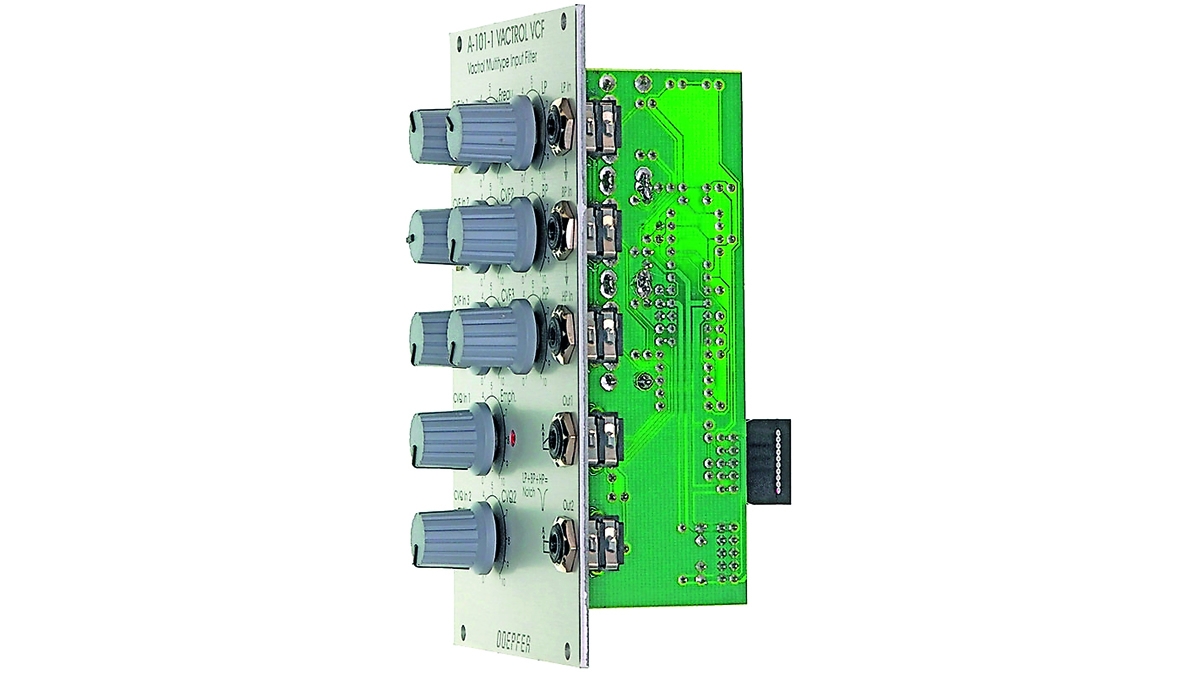
12 . Doepfer A-101-1 (Steiner-Parker Synthasystem clone)
You’ll see a few mash-ups here, and this one combines an old Nyle Steiner multimode filter design with a ‘Buchla-ish’ vactrol for a smooth yet acidic filter with LP/HP/BP modes each with their own separate input, which get combined into one single output for curious results.
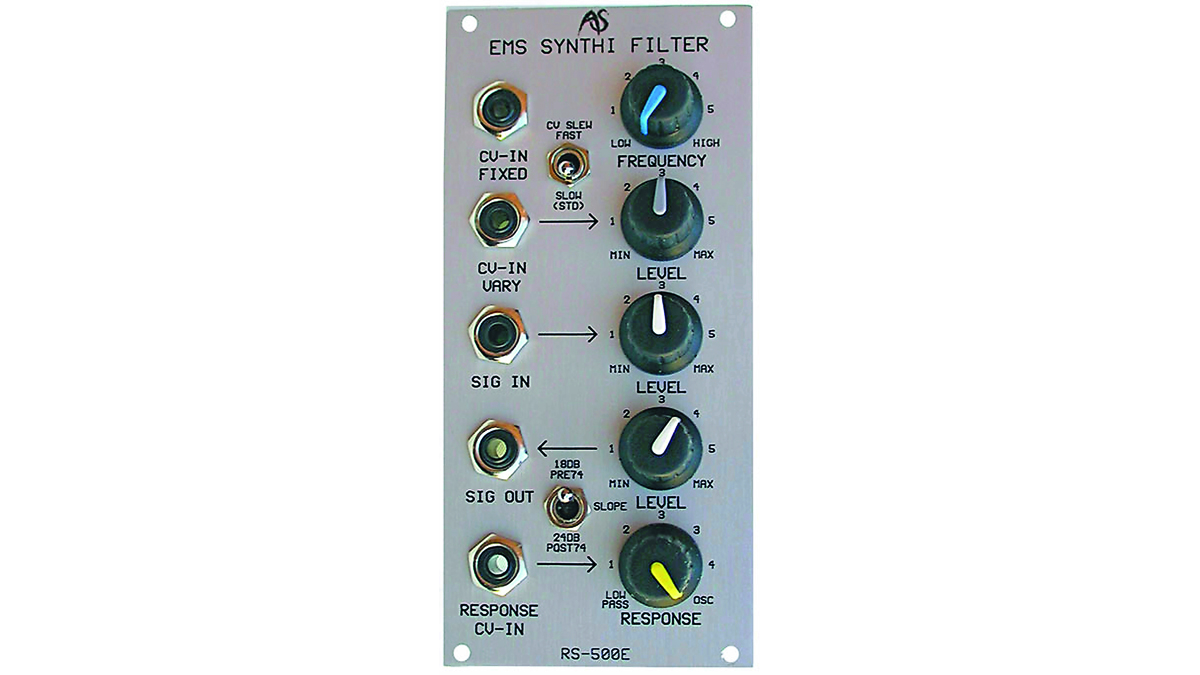
13. Analogue Systems RS500e (EMS Synthi clone)
Analogue Systems’ (not to be confused with Analogue Solutions) RS500e is a genuine recreation of the rubbery filters in the legendary, hugely lusted-after and frighteningly priced British-made EMS Synthi synthesizers. Neatly it includes switchable 18dB/24dB filter response to reflect a change in EMS’ filter design before and after 1974.
For the true ’Floyd experience, combine with Analogue Systems’ RS510e Trapezoid Generator, RS95e Vernier-dialled VCO, a step sequencer, and a long corridor and some shoes…
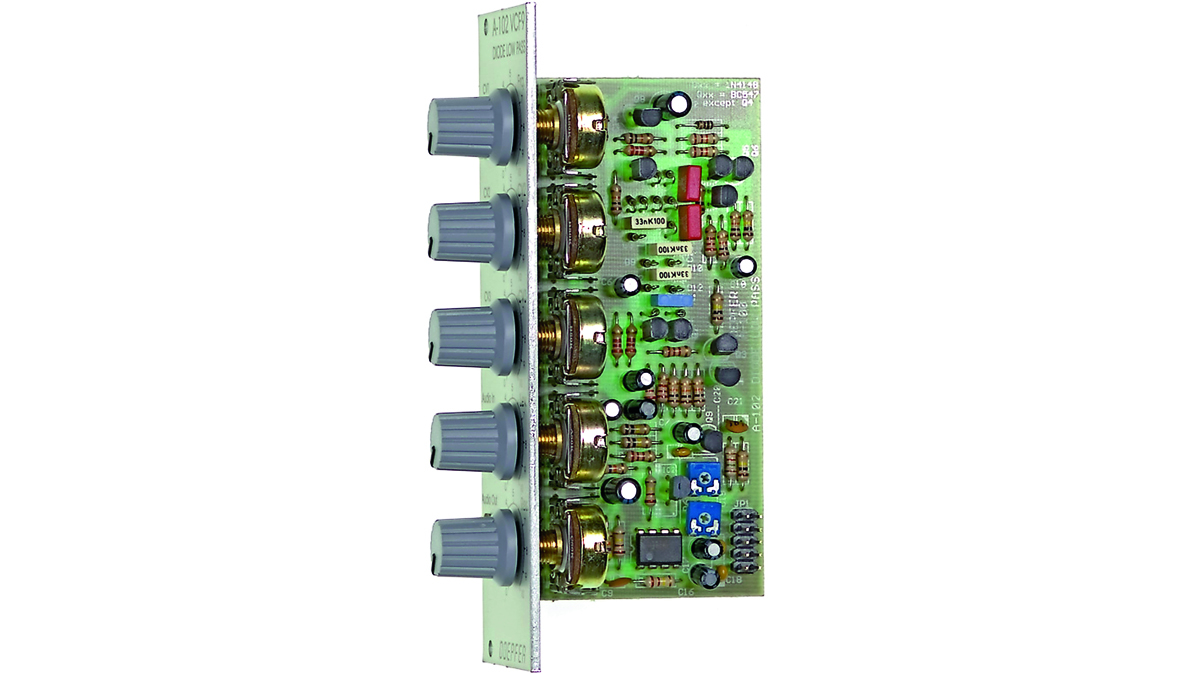
14. Doepfer A-102 (EMS Synthi clone)
Though not billed as ‘authentic’, Doepfer have their own (lower cost) take on the EMS filter in the form of the A-102. The A-102 is an 18dB response low-pass filter, so we have to assume it’s based on the older pre-1974 diode ladder design found in the original VCS3 synthesizer.
While on paper this sounds like a similar kettle of fish to the 303 filter, the sound is different,with more unstable ‘strange’ resonance behaviour.
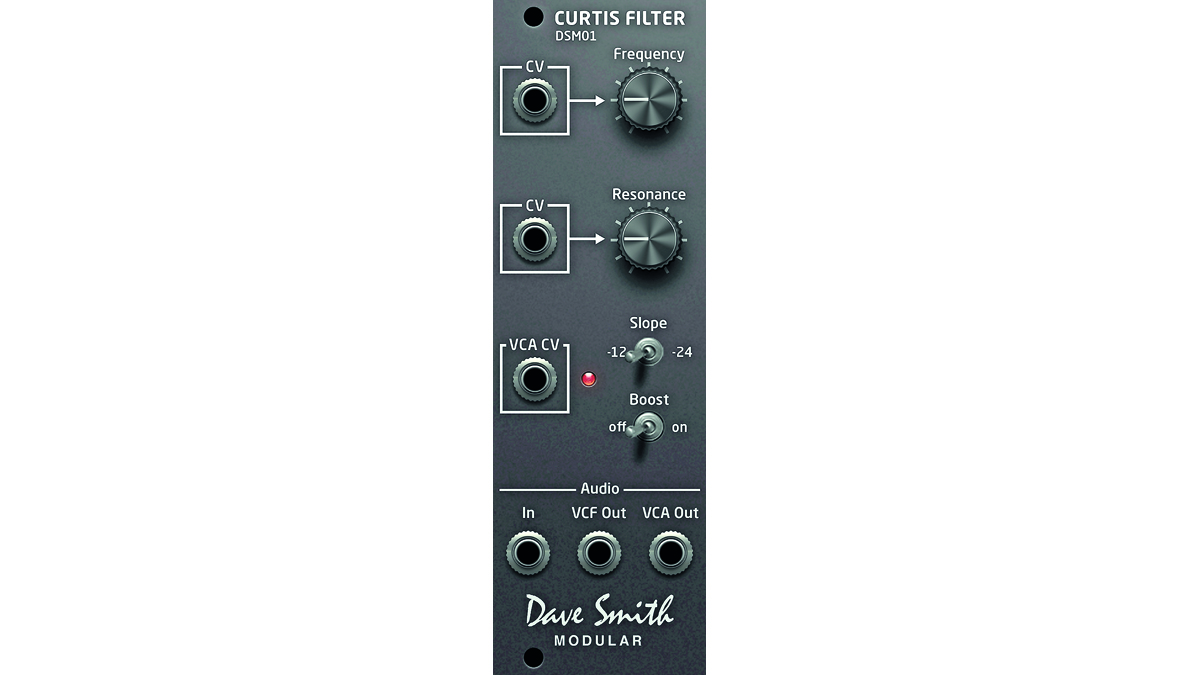
15. Dave Smith Modular Curtis Filter (Sequential Circuits Prophet 5 clone)
You’d expect Dave Smith to nail his own machine’s sound and indeed their Curtis Filter is for all intents and purposes as close as you can expect to get to modern Prophets. It uses the custom ICs from his Prophet 08’s etc for authentic liquid, bassy vibe, and includes bonus VCA.
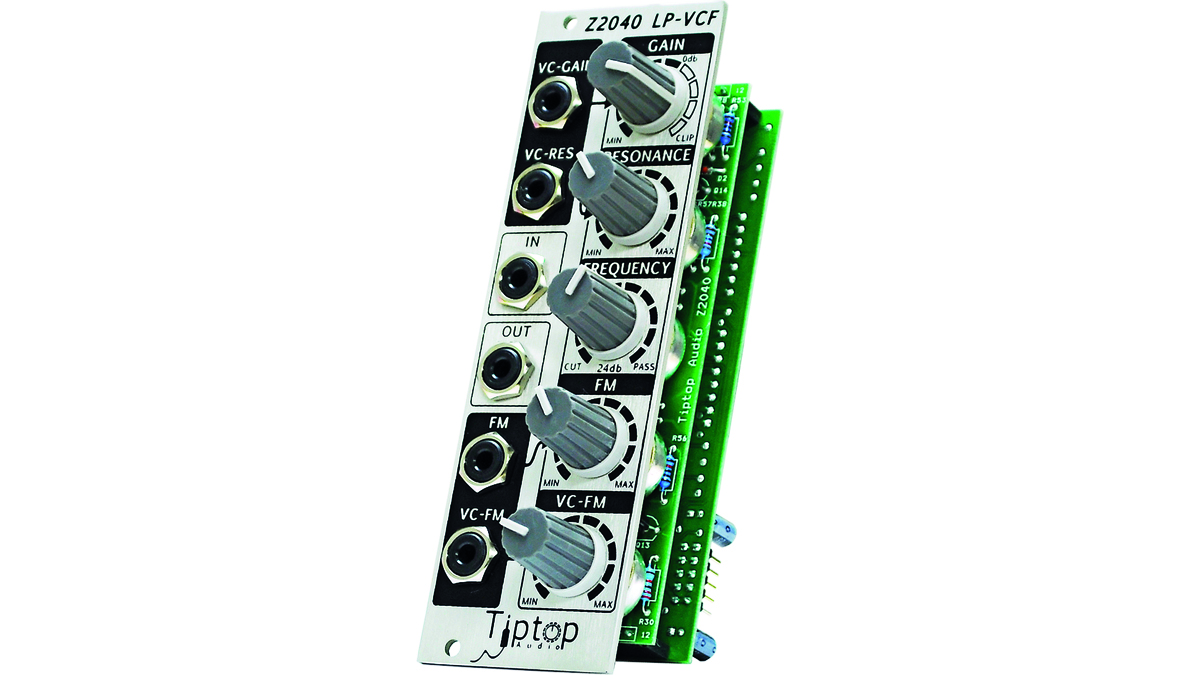
16. Tiptop Z2040 (Sequential Circuits Prophet 5 clone)
Tiptop Audio’s filter is a discrete circuit based on the SSM2040 chip design in the vintage Rev 2 Prophet 5s. Sounds and feels great, packing slightly more flexible VCA and FM-modulation inputs than the Dave Smith option.
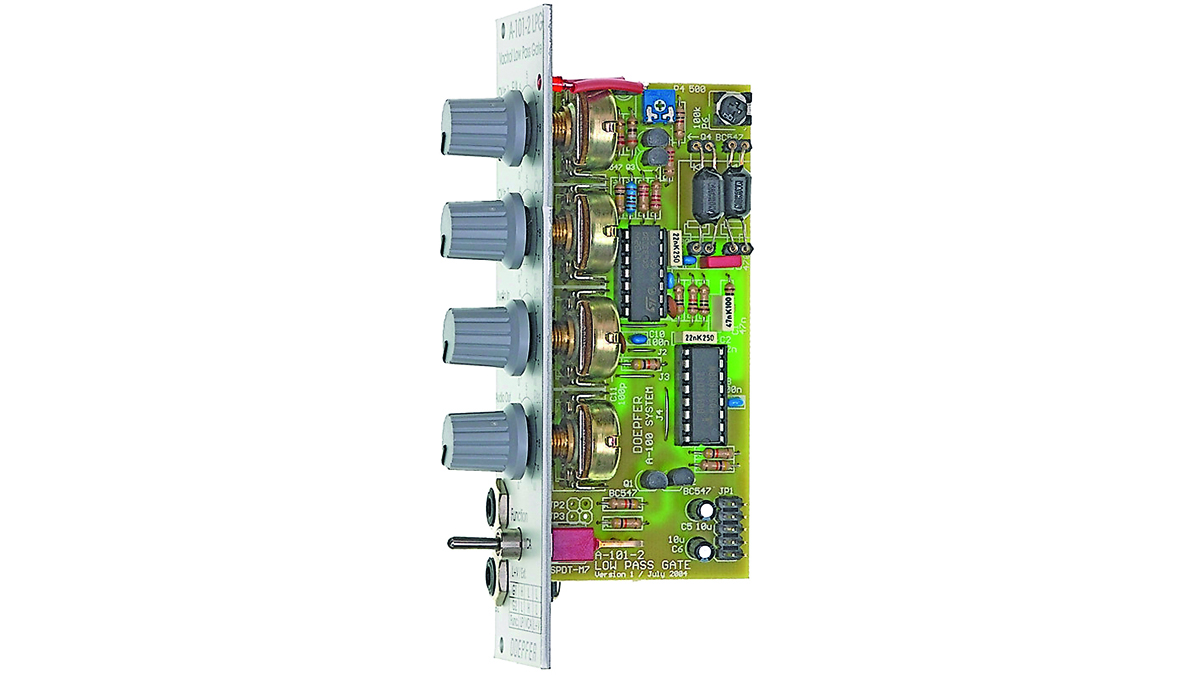
17. Doepfer A-101-2 (Buchla clone)
West-coast wizard Don Buchla’s esoteric and mighty modulars didn’t necessarily have filters, but they did have low-pass gates, which are like slow-acting VCAs with a frequency rolloff that dampens as they close – an element instrumental to the smooth, woody sound of those machines.
Here Doepfer take inspiration from the Buchla 292 module, containing the all-important vactrol, but adding optional resonance and switchable VCA/LP/ Combo modes to give authenticity and extended capability.
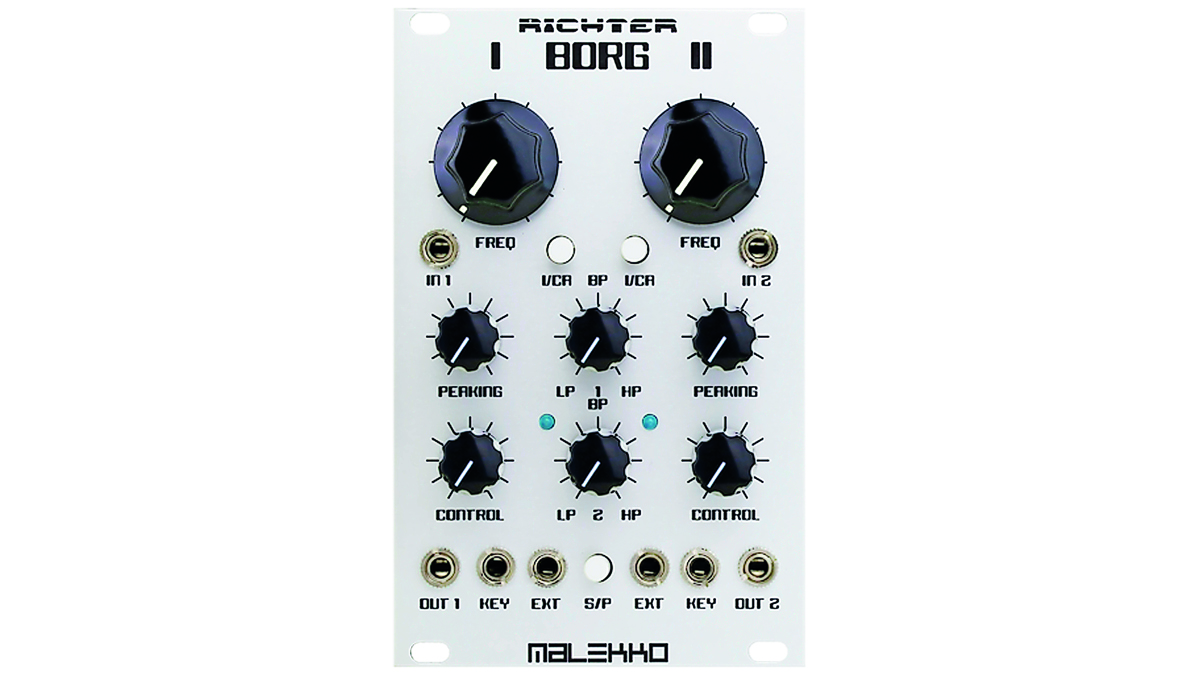
18. Malekko Dual Borg (Buchla clone)
The Malekko-made Dual Borg is a hybrid of two previously separate products in one. Each side is a dual multimode filter hybrid of smooth Buchla 292 vactrol-fuelled low-pass gate mashed up with the MS-20’s wild resonance, each with different rate vactrols for different tone and response times.
Alternatively, seek out the individual modules that made it up second-hand: the white- knobbed slower-reacting Borg I and the speedier black-knobbed Borg II.
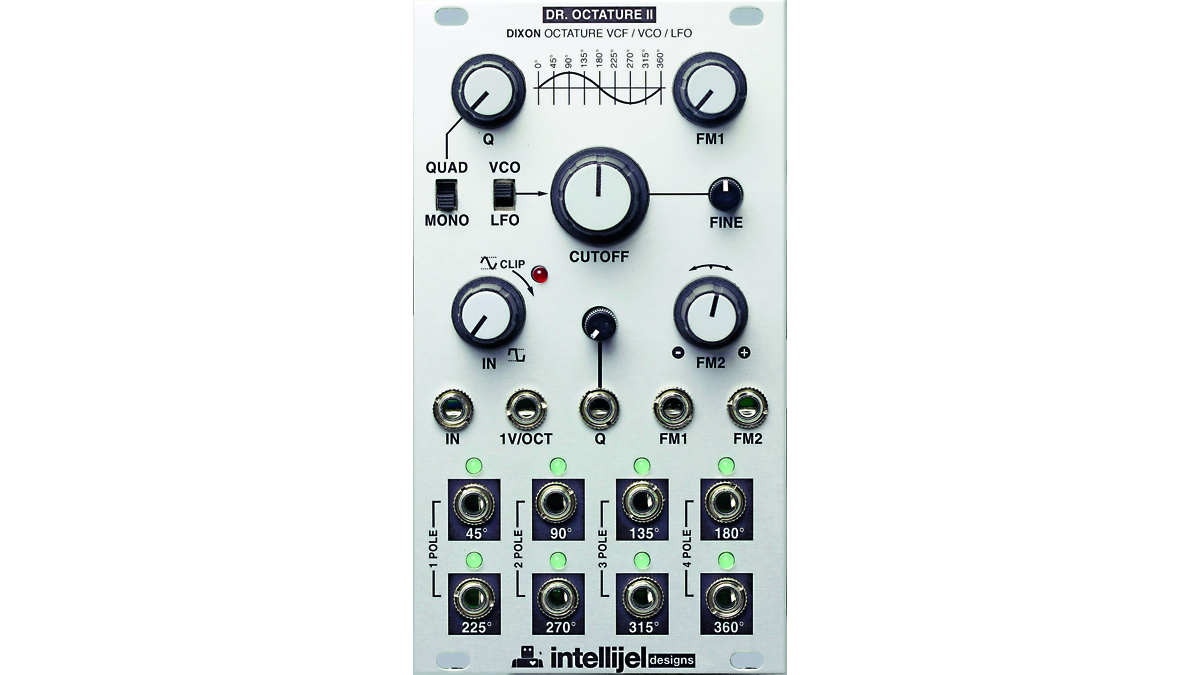
19. Intellijel Dr. Octature II (Roland SH-101 clone)
Dr. Octature II is a low-pass filter inspired greatly by the SH-101, with that sweet, squidgy vowelly Roland sound. But it much expands on the original design with multiple pole outputs (including lesser-seen 6dB) and unusual phase-shifted outputs allowing interesting stereo effects and modulation, as it can also act as an eight-output sine wave LFO.
See also Intellijel’s grander Atlantis module for a complete and fantastic sounding, internally-normalled, 101-inspired analogue voice with extensive patch capability.
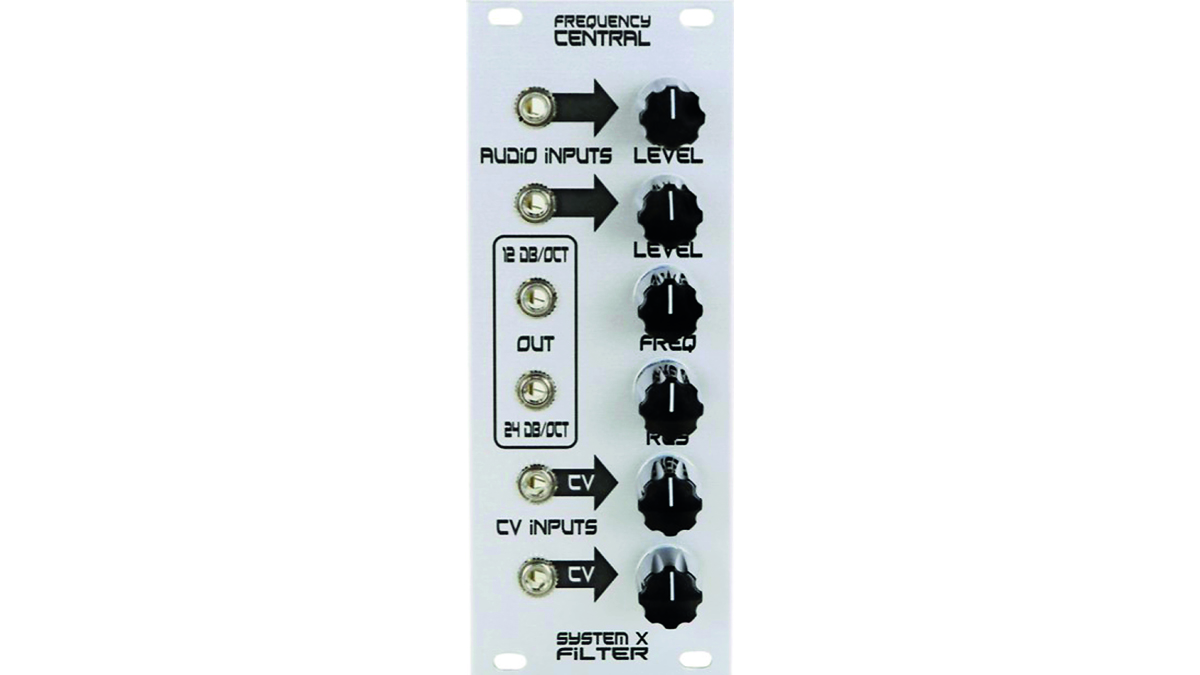
20. System X Filter (Roland SH-101 clone)
If you hanker after the sound of the slightly different System 100m, Frequency Central have created a whole range of Roland System 100m-inspired modules, which includes the System X Filter.
Sadly no sliders in sight but, keeping compact, you get both 12dB and 24dB outputs and that lovely squealing sound and gravelly distortion, plus dual audio and CV inputs. Plus, if you equally mix the two 12/24dB outputs, you get a bonus band-pass mode!
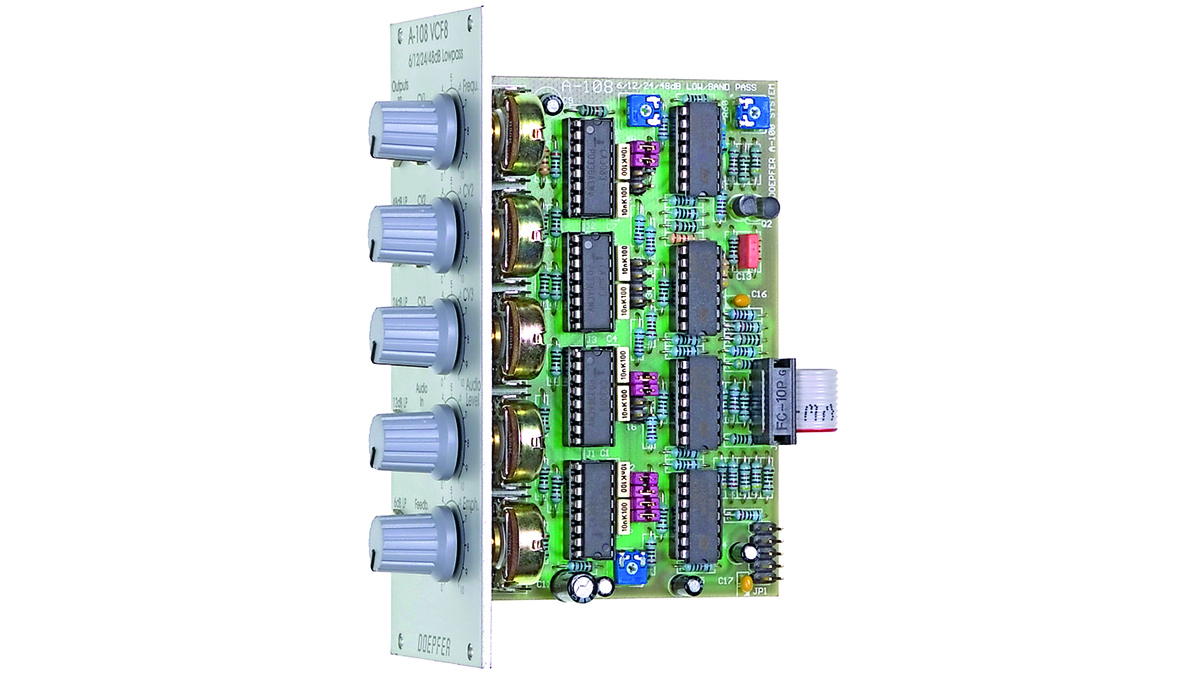
21. Doepfer A-108 (Moog ladder filter clone)
Doepfer’s Moogiest filter draws inspiration from arguably the most popular low-pass filter of all time, the Transistor Ladder. Presented with far more than just 24dB output, there are five modes including band-pass, super-sharp 48dB and super-smooth 6dB, and it is easily overdriven for a more vintage vibe.
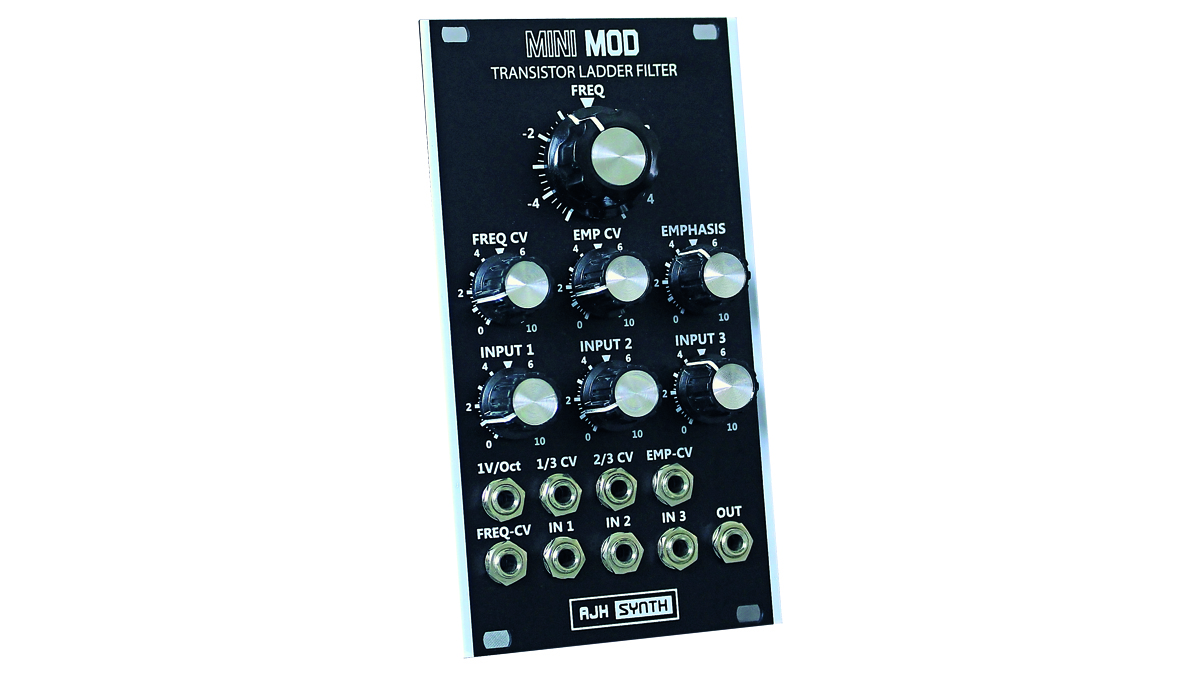
22. MiniMod Transistor Ladder Filter (Moog ladder filter clone)
AJH Synth clone the entire voicing section of a vintage Minimoog Model D in Eurorack. The Transistor Ladder Filter was developed with near-obsessive attention paid to selecting and matching transistors, achieving original internal voltages and gain structure for maximum authenticity.
Future Music is the number one magazine for today's producers. Packed with technique and technology we'll help you make great new music. All-access artist interviews, in-depth gear reviews, essential production tutorials and much more. Every marvellous monthly edition features reliable reviews of the latest and greatest hardware and software technology and techniques, unparalleled advice, in-depth interviews, sensational free samples and so much more to improve the experience and outcome of your music-making.


